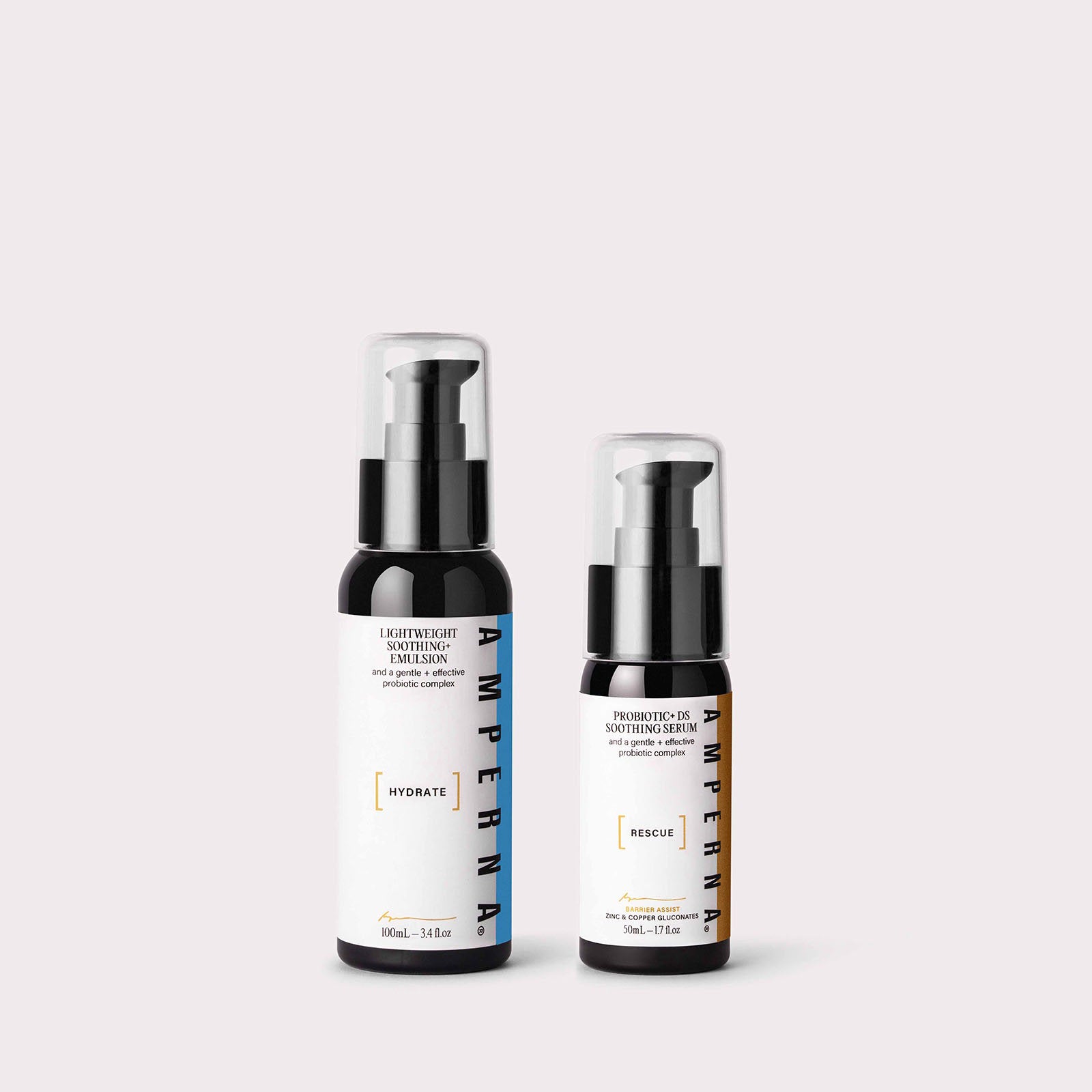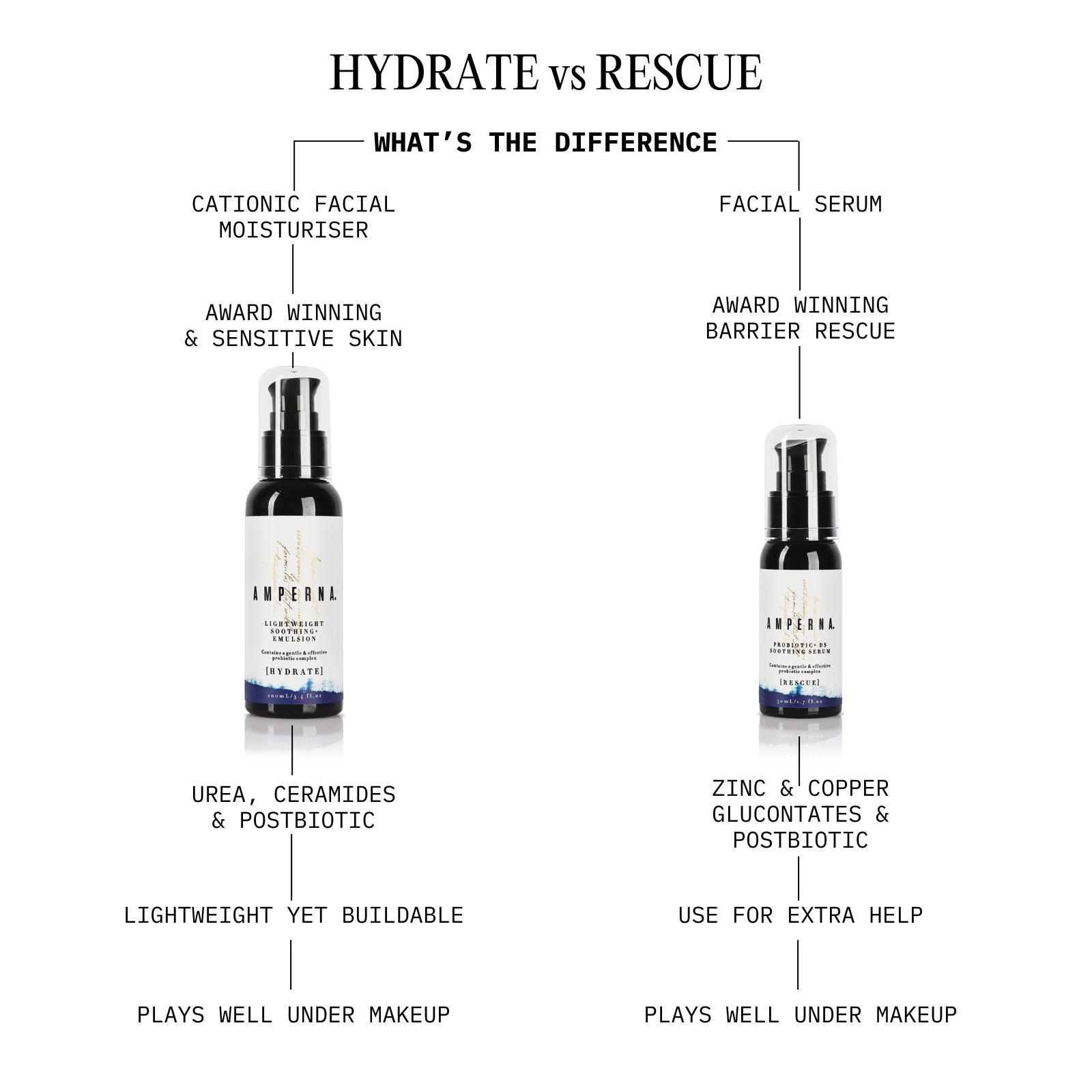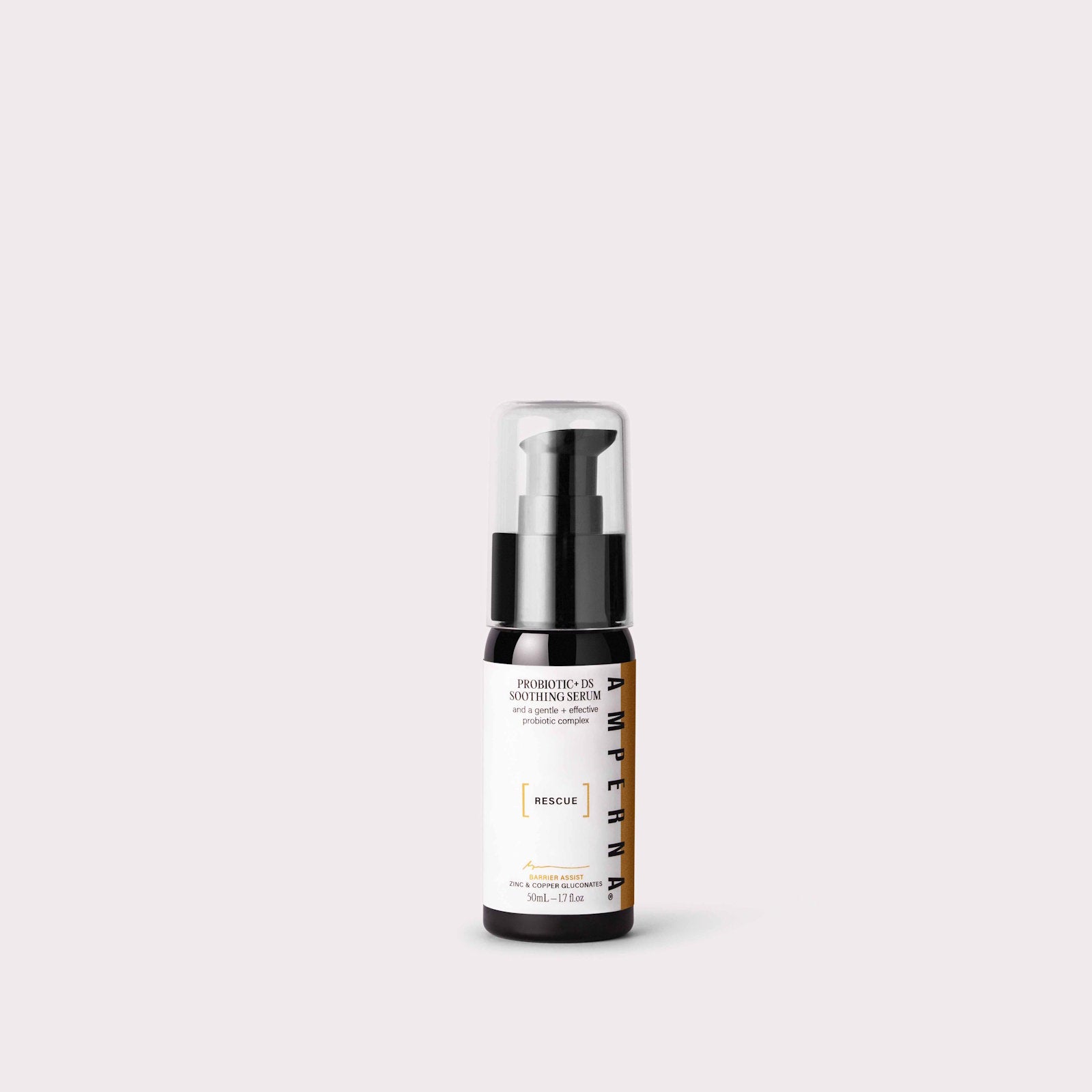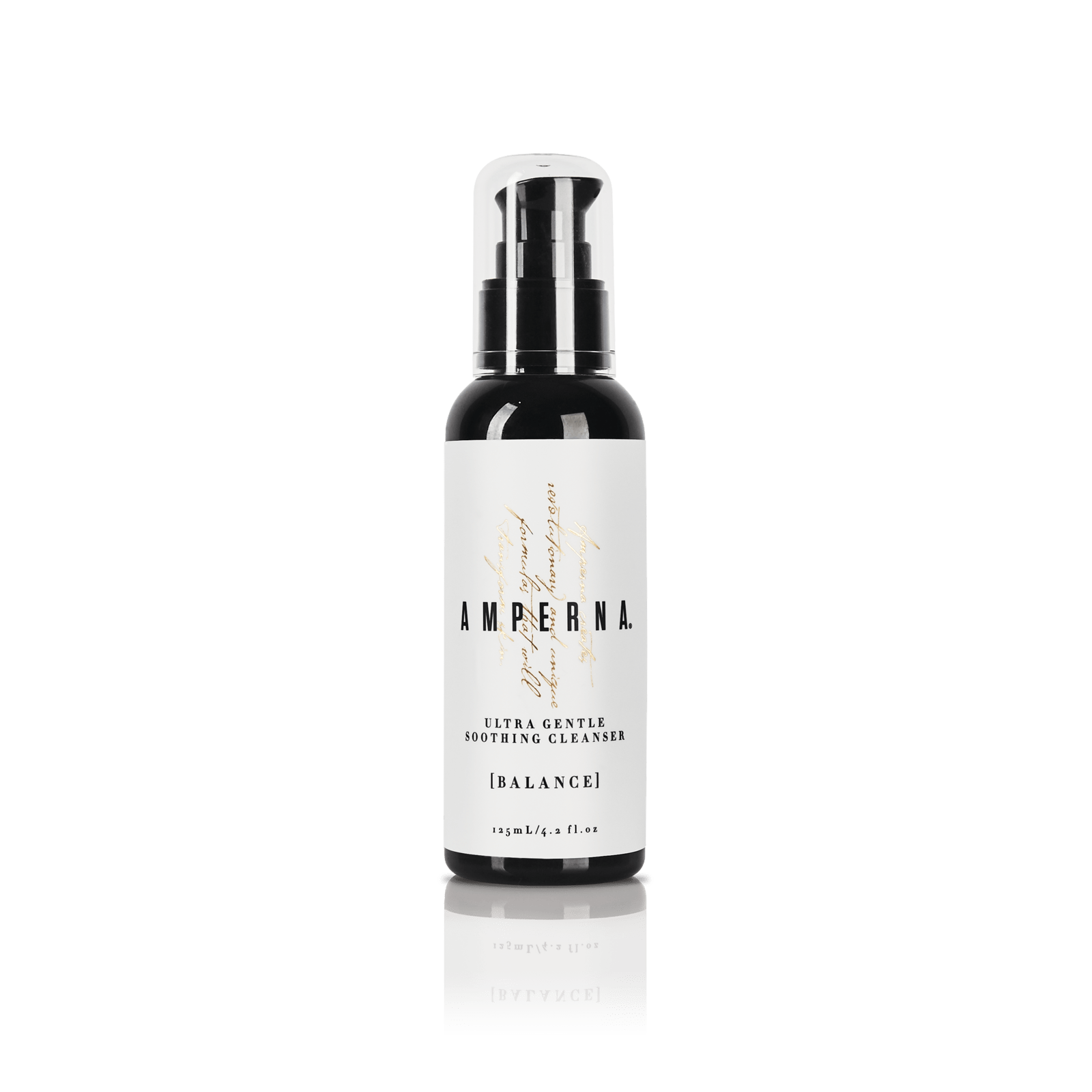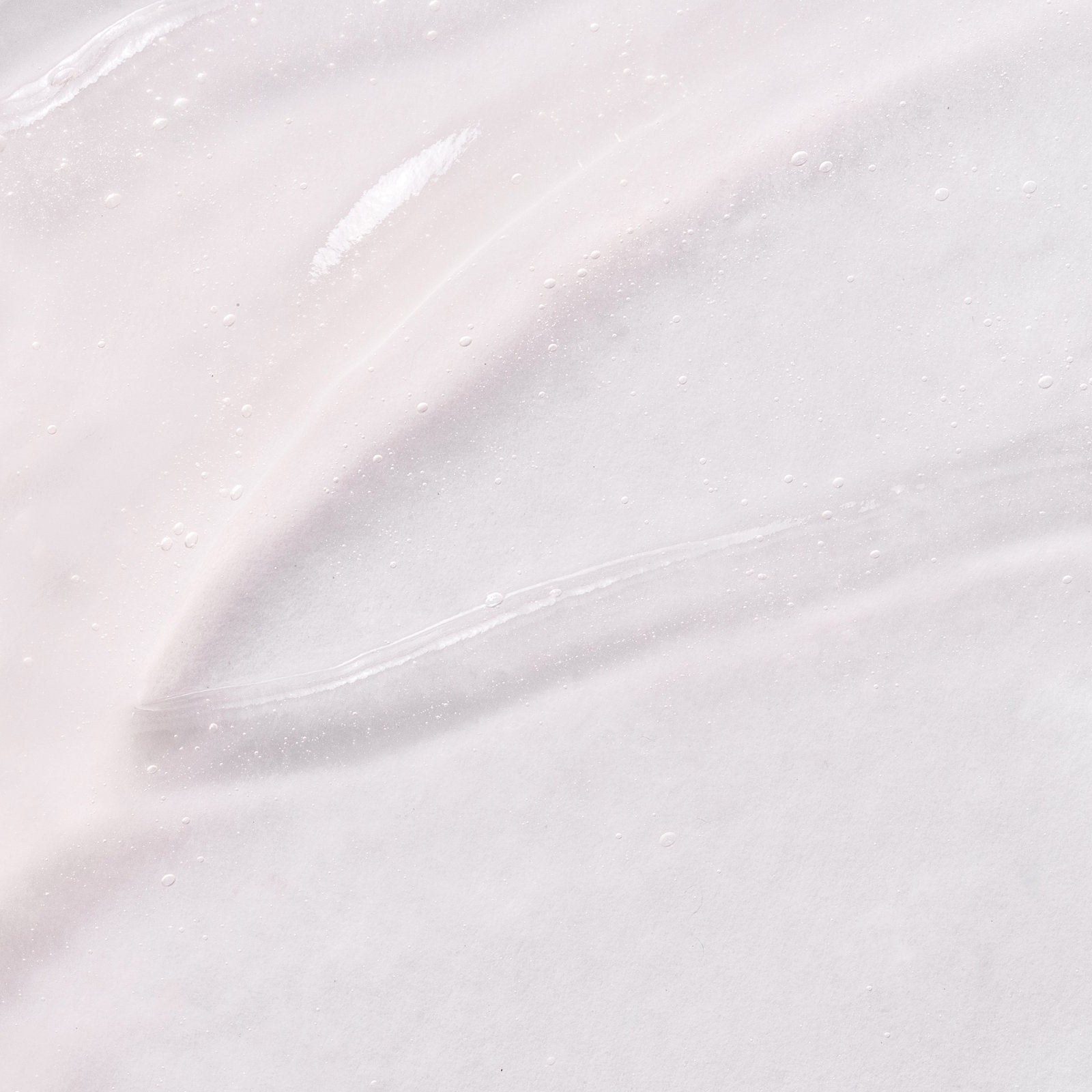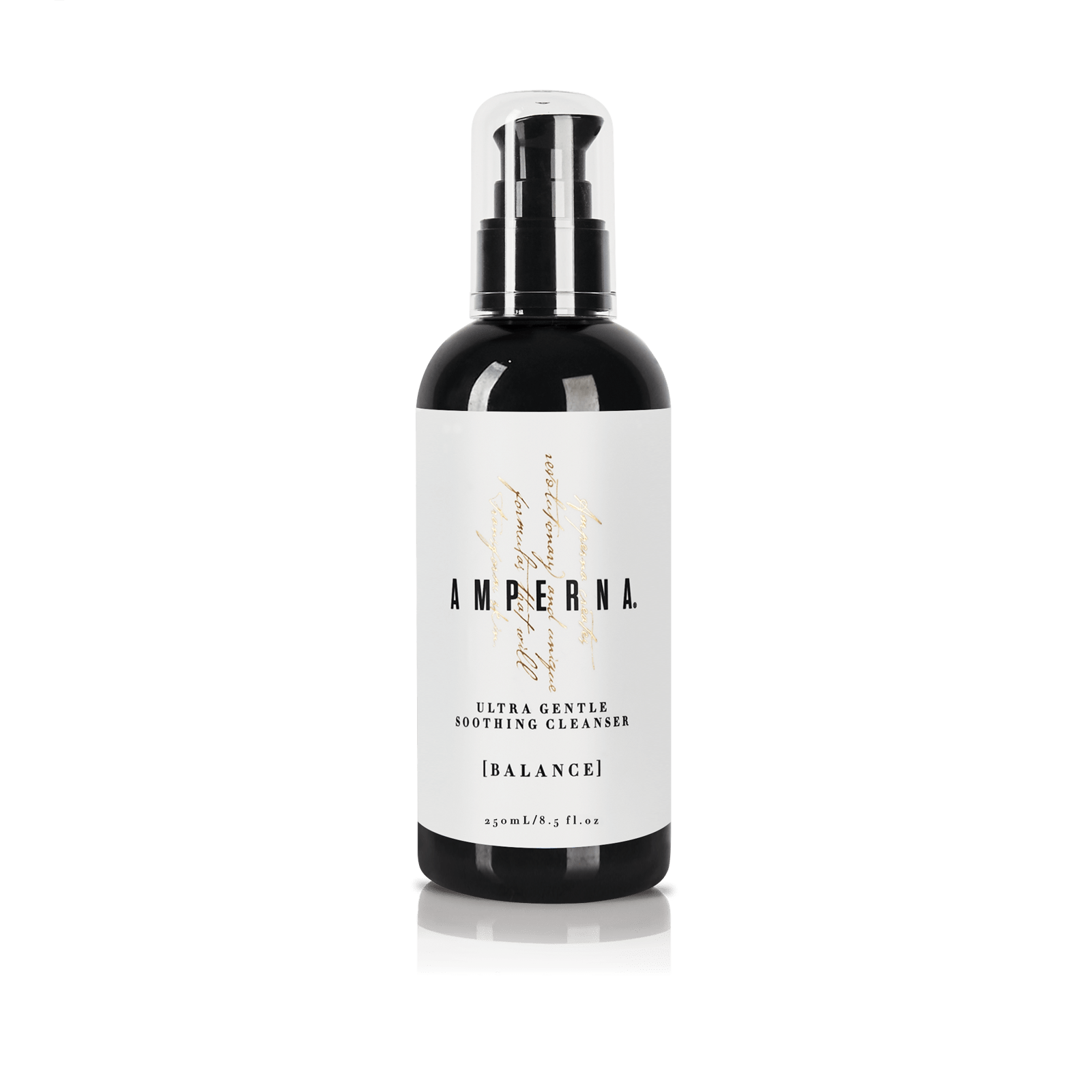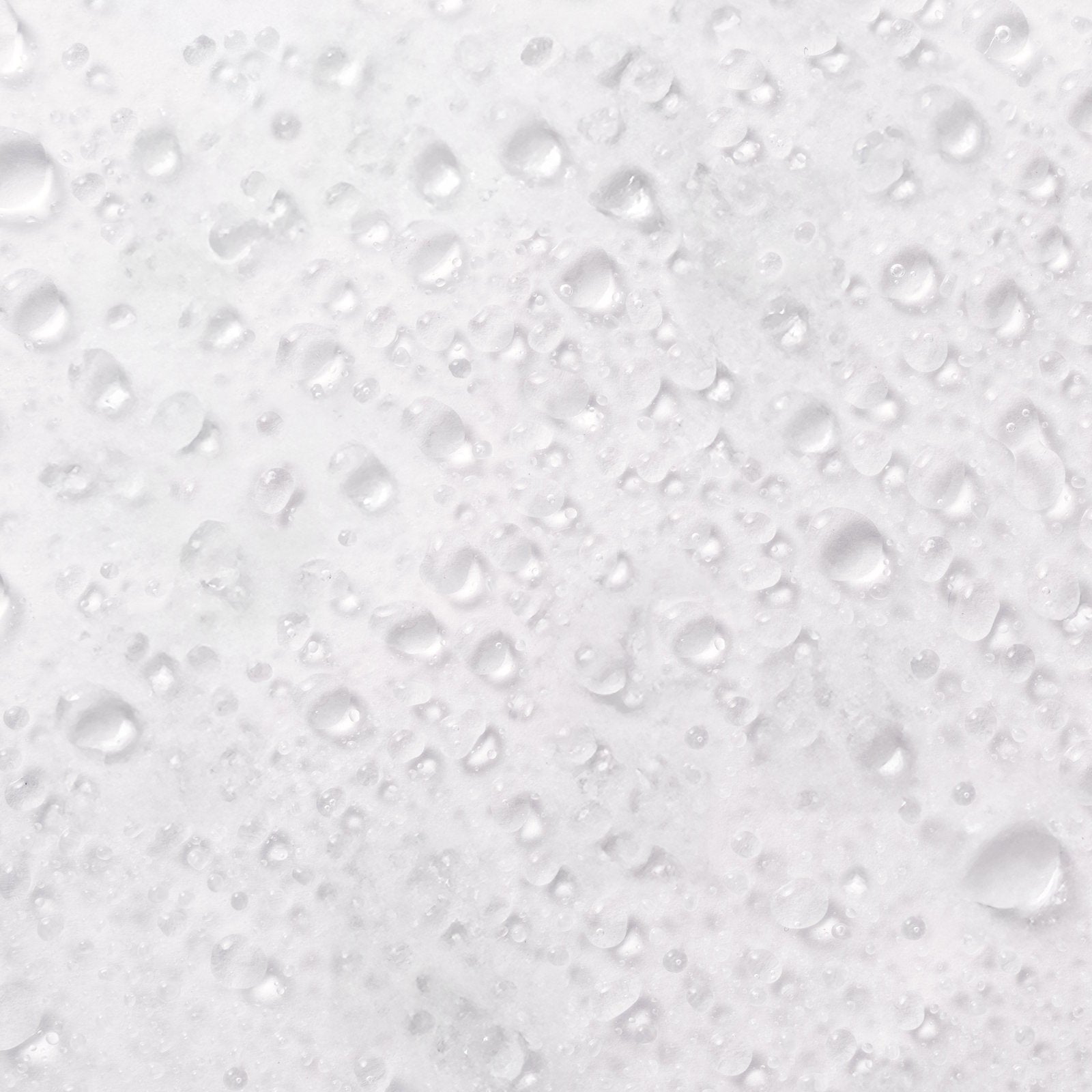- Have you experienced or heard of “COVID toes”?
- Are you experiencing increased eczema or dermatitis for the first time on your hands?
- Have you experienced rashes on your body due to contracting the COVID-19 virus?
Coming into the third year of the pandemic and more and more awareness is coming to light about how COVID-19 affects multiple parts of the body, including the biggest organ, our skin.

Dermatologists globally are sharing findings and images of the various rashes and skin-related effects that may be associated with COVID-19, with cases rising worldwide. There are so many diverse types of skin findings being reported that the American Academy of Dermatology has created an international registry to collect and evaluate this information from around the globe.
There is growing evidence that not only contracting the COVID-19 virus but also the COVID-19 vaccine can cause skin reactions and rashes in some people. Delayed skin reactions were reported in one percent of individuals vaccinated against SARS-CoV-2.
Lastly, indirect causes of skin reactions caused by frequently increased hygiene and precautions measures (i.e., hand sanitising and mask wearing) have resulted in further irritations to the skin, like dermatitis, acne/increased breakouts, and dryness.
Skin reactions can occur on anybody in any age or gender, some symptoms appear sooner, whilst others can appear later. Whether it’s the body’s immune response to the infection or if your hormones are involved, research is still inconclusive.

Most skin conditions will get better on their own with time, According to information from the American Academy of Dermatology, approximately seven days on average.
Here are some of the reactions, (also called the cutaneous manifestations) associated to the COVID-19 virus
Maculopapular eruptions: widespread small red bumps and red patches
Conjunctivitis: redness of the whites of the eyes
'COVID Toes': chilblain-like symptoms, (on your hands and/feet). Red-purple discoloured skin can be painful and itchy. Small blisters or pustules can appear. This rash may be present for up to fourteen days. Mainly affecting children, teens, and younger adults.
Hives: raised red-pink itchy blotchy rashes. May come and go, mostly clear within ten days.

Water blisters: small fluid-filled blisters, often occur on the hands.
Red-blue pattern on the skin: sometimes with small bruising. This condition is thought to be due to blockage of blood vessels as part of the body’s immune response to the virus.
Hair loss: this is the body shutting down unnecessary activity in times of stress. Provided people’s iron levels are normal, the hair will recover in time
Who’s most at risk of skin symptoms due to COVID-19?
Researchers are still unsure why some people experience skin reactions from the COVID-19 virus and others don’t. Some possible reasons include:
- direct infection of skin tissues by the novel coronavirus
- immune system activity
- the effects of increased blood clotting (hypercoagulability) that can sometimes happen in COVID-19

It’s estimated between 0.2 to 20.4 percent of COVID-19 patients may show cutaneous signs. These manifestations may also appear due to underlying health conditions (other than the virus) or could be triggered by a secondary infection, including fungal infections.
Overall, about 7% of patients who are positive for COVID-19 can show one or more of these symptoms. The wide spectrum of skin disease(s) in this illness is likely caused by variations in the virus itself, differing host factors, as well as co-infection by other viruses like parvovirus and HZV.
If you’re concerned about a skin reaction you should contact your health care provider or dermatologist as soon as possible.

You can find more medical information on skin reactions and COVID-19 here
Links between COVID-19 and skin rashes (medicalnewstoday.com)
Does COVID-19 Have an Effect on Your Skin? Risk Factors, Recovery (medicinenet.com)
COVID-19 pandemic and the skin: what should dermatologists know? - PMC (nih.gov)
How can COVID-19 affect the skin? (news-medical.net)
Covid Rash: Identification, Treatment, When to Seek Medical Help (healthline.com)
COVID-19 and Skin Conditions: What We Know So Far (webmd.com)
Dermatologic manifestations and complications of COVID-19 - PubMed (nih.gov)
Skin reactions to the COVID-19 Vaccine
With any vaccine when it is administered in your body your immune system activates, preparing to recognise and fight off the virus for future re-infection. This response and the inflammation that naturally occurs alongside it, may result in either an allergic reaction at the injection site or a rash to form.
Information as to why skin reactions to the COVID-19 vaccine should not discourage people from getting the vaccine can be found here.
Allergic reactions to the COVID-19 vaccine can be classified as either non-severe or severe.

Non-severe: non-severe allergic reactions happen within 4 hours of vaccination. They may include signs such as hives, swelling, and wheezing.
Severe: This type of reaction is called anaphylaxis. It typically happens in the few minutes after vaccination and can include hives, swelling of the face and throat, and dizziness or fainting. (This is why you will be asked to wait at least 15 minutes after your vaccination to monitor for any severe reactions)
Delayed rashes at the injection site typically appear around a week after vaccination and last approximately four days. This rash often nicknamed "COVID arm" which tends to be red, swollen, and itchy.
"COVID Toes" has also shown to be a rare side effect of the vaccine. According to a report published online recently in the Journal of the American Academy of Dermatology, COVID toes appear to indicate that the body is successfully mounting an immune response to the virus.
If you develop a post-vaccine rash that persists or is particularly uncomfortable, we suggest reaching out to your health care provider or dermatologist, who can help ease discomfort and speed recovery. It can also be reported to the relevant authority.
You can find out more information on vaccine skin reactions and how to report them here
COVID-19 Vaccines and the Skin - PMC (nih.gov)
Cutaneous reactions to COVID‐19 vaccine at the dermatology primary care - PMC (nih.gov)
Rashes can occur after COVID vaccine, but dermatologists say, 'don't worry' (medicalxpress.com)
Post mRNA-1273 vaccination rashes (news-medical.net)
What you can do if you have a skin reaction/rash
Of course first and foremost check in with your healthcare provider. Most COVID-19 cutaneous lesions do not require treatment and should subside on their own. Topical hydrocortisone or antihistamines may be advised to reduce symptoms, such as pain, itching, and swelling.
You could also try the following at-home remedies to help reduce discomfort:
Applying a cool compress: Placing a cool compress onto the affected area may help to ease swelling or itching.
Trying an oatmeal bath: Indulging in an oatmeal bath can potentially work to soothe irritated skin.
Avoiding scratching: It may be tempting to pick at or scratch a rash, particularly if it’s itchy. Try to avoid doing this, as it can increase the risk of infection, scarring, or skin pigmentation changes.
Skin reactions from extra hygiene precaution measures
Our skin has been through a barrage of new indirect stressors during this pandemic. Between washing our hands, hand sanitising, mask wearing, lack of sunlight whilst spending more time indoors plus the addition of extra worry and stress. All of which have a drying effect and impact on the health of our skin.
Extra hand washing and sanitising can disrupt your skin barrier, making you more susceptible to irritation, dryness, cracking skin, or redness. If you suffer from eczema or dermatitis, you may have experienced an increase of symptoms. A 2020 study has reported an influx of hand eczema because of these extra hygiene protocols. This includes school aged children as well.
To avoid developing eczema or making your skin condition worse, here are a few tips you can do to help or minimise your discomfort:
- Avoid using hot water when washing your hands (lukewarm/cool water is best)
- Avoid using harsh soap that’s heavily fragranced (a soap-free cleanser is best)
- Ensure you rinse your hands thoroughly after cleansing
- Gently pat dry your hands
- Hand sanitisers have alcohol in them, so if you’re extremely eczema-prone of have sensitive skin perhaps stick to just properly hand washing until your irritated skin symptoms subside.
- Moisture is key. Moisturise your hands after every wash or every sanitising to avoid dry skin. Re-apply as need.
Our new Body Care range [CERALACTIC] and [HYDRALACTIC] or a great solution if you’re experiencing dry or irritated skin. Both contain ceramides which are super hydrating and soothing on the skin. Both are biome friendly meaning they will help repair your skins natural ph. balance. And our hero probiotic complex acts as a protective layer on the skin, helping defend against accelerating environmental stressors.
@ampernaskin We are so excited to announce that our new BODY CARE range is now LIVE on our website!Visit www.amperna.com to shop now! @ampernaskin #bodycare #bodycareproducts #probioticskincare #probiotic #probioticbodycare #eczema #eczemarelief #dermatitis #backacne #backne ♬ original sound - ampernaskin
Mask wearing
Masks have been an essential safety measure for us all for the last few years, and many people have experienced skin concerns ranging from acne to experiencing more frequent breakouts, perioral dermatitis, rashes, and increased dryness.
This is mainly due to the captured moisture between the mask and your skin. As well as what type of fabric your mask is and the skincare products you use.
Here are a few tips if you are experiencing any mask-related skin concerns:
- Make sure your mask is always clean. (For both fabric and surgical mask types)
- Silk masks are great if you have sensitive skin.
- Check what washing detergent you use, as harsh chemicals will irritate your skin even further.
- Avoid wearing any makeup, particularly foundation when wearing a mask.
- Avoid using harsh face cleansers that are heavily fragranced.
- Be gentle with your skin and rescue your barrier.
The Soothing Duo [HYDRATE] and [RESCUE] is a great solution if you’re experiencing mask-related skin concerns. Both contain our hero probiotic formula along with ceramides, hyaluronic acid and emollients to help deeply nourish and restore your skin as well as cool and soothe irritation.

Related references on hand hygiene mask wearing:
How to Ease Eczema and Keep Your Hands Sanitized (healthline.com)
Skin care tips during the COVID-19 (coronavirus) pandemic - Mayo Clinic News Network
Hand Washing and Hand Dermatitis (eczema.org.au)

